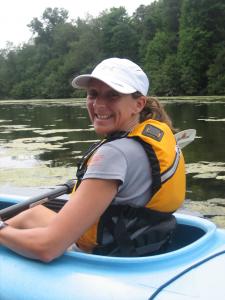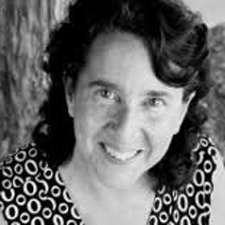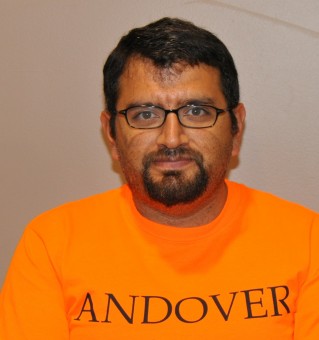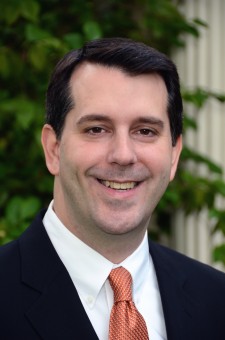Aliza Gilbert, Highland Park High School
Posted on Wed, 09/05/2012 - 08:37
Our Counselor of the Month for September is Aliza Gilbert, College Counselor at Highland Park High School, a public high school serving more than 2,000 students in Highland Park, Illinois. A graduate of University of Illinois at Chicago, Gilbert also holds a Master in Education from Loyola University Chicago and is working on her Ph.D. in Higher Education, also at Loyola. Formerly Associate Director of Admissions at Lake Forest College, Gilbert joined Highland Park's Counseling Department in 1998.
Located about 25 miles north of Chicago, Highland Park High School serves a diverse student body, including significant numbers of children from military and Hispanic families, a characteristic that drew Gilbert to the school. She has a particular interest in college access and undocumented students -- her Ph.D. dissertation explores how high schools influence undocumented students’ college process. (The state of Illinois is ranked sixth among states with the largest undocumented populations.)








 Today, Alice Kleeman continues her excellent blog post about the "small stuff" that can trip up a college application process. Here are more of the frequently glossed-over college-related tasks that can make a difference:
Today, Alice Kleeman continues her excellent blog post about the "small stuff" that can trip up a college application process. Here are more of the frequently glossed-over college-related tasks that can make a difference: Walter Pineda is paying it forward. The Associate Director of College Counseling at
Walter Pineda is paying it forward. The Associate Director of College Counseling at 



